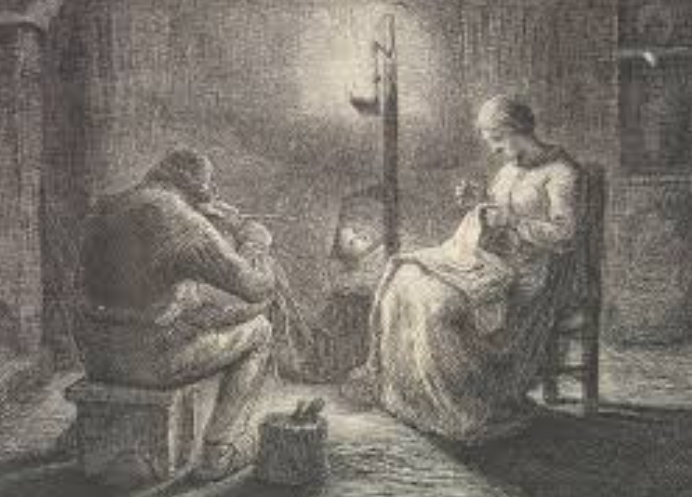Vincent Van Gogh is known for his vibrant and colorful works of art, but his monochrome masterpieces are equally captivating. These black and white pieces showcase the artist’s unique talent and vision in a different light.
Delving into the world of monochrome
Exploring Van Gogh’s monochrome masterpieces allows viewers to see the artist’s works in a new way. By stripping away the vibrant colors, the focus shifts to the intricate details and textures of the pieces. The black and white palette highlights the contrast and depth in each painting, creating a sense of drama and intensity.
The power of simplicity
In these monochrome works, Van Gogh demonstrates the power of simplicity. By using only black and white, the artist is able to convey emotion and expression in a more direct and raw manner. The absence of color allows the viewer to focus on the composition and form of the paintings, leading to a deeper appreciation of Van Gogh’s artistic skill.
Capturing mood and atmosphere
Van Gogh’s monochrome masterpieces are not just a study in black and white, but a portrayal of mood and atmosphere. The stark contrast between light and dark creates a sense of tension and drama in each piece. The bold brushstrokes and dynamic compositions draw viewers into a world of emotion and intensity, captured solely in shades of black and white.
A timeless beauty
While Van Gogh’s colorful works may be more well-known, his monochrome masterpieces are just as powerful and enduring. The beauty of black and white allows these pieces to transcend time and trends, speaking to the universal themes of beauty, emotion, and expression. In a world full of color, Van Gogh’s monochrome works stand out as timeless symbols of artistic brilliance.
In conclusion, exploring Van Gogh’s monochrome masterpieces offers a new perspective on the artist’s talent and vision. Through the use of black and white, Van Gogh creates works that are both powerful and timeless, showcasing the beauty of simplicity and emotion in art.


